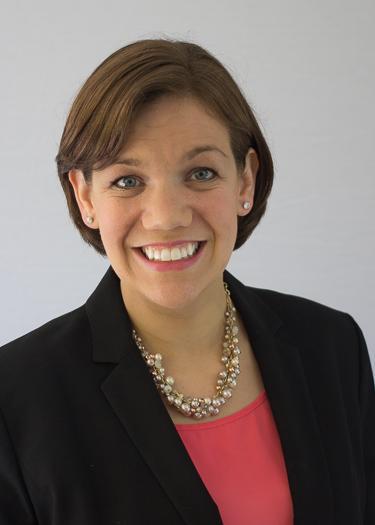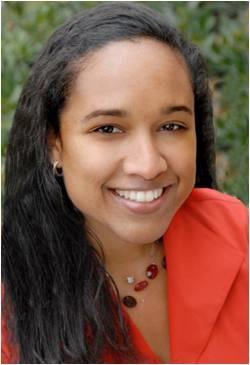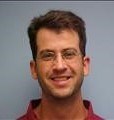 PEHSU Grand Rounds Vaping and Adolescents July 22 at 12:00 pm Eastern Time. posted on Jul 19, 2020 |
|---|
Vaping and Adolescents – Wednesday, July 22 at 12:00 pm ET/11:00 pm CT/10:00 am MT/9:00 am PT
Learning Objectives:
- Define vaping and e-cigarette use
- Identify United States regulations related to vaping
- Explain the epidemiology of vaping
- Describe the health impacts of vaping
- List prevention, screening, and treatment strategies for adolescents
Moderated by: Mark Anderson, MD, FAAP
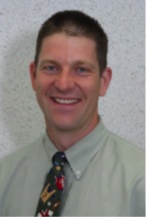
Dr. Mark Anderson is the Medical Director at Kid’s Care Primary and Specialty Care Clinics, Denver Health. Associate Professor of Pediatrics and Epidemiology, University of Colorado School of Medicine and School of Public Health. He serves as the Director of the Rocky Mountain/ Region 8 PEHSU.
Presented by: G. Sam Wang

Dr. G. Sam Wang is a pediatric emergency medicine, medical toxicology trained physician at Children’s Hospital Colorado. He academic and research interests include the impact of poisonings and drugs of abuse on the pediatric and adolescent population.

|
 Grand Rounds: Herbal Products and Related Toxicity – August 21, 2019 posted on Mar 16, 2020 |
|---|
Learning Objectives:
At the conclusion of this activity, attendees should be able to:
- Understand the DSHEA regulation and amendments
- Discuss contamination and quality issues with herbal supplements
- Know the herbs most likely to cause Type I allergic reactions
- Describe the liver toxicity from pennyroyal and kava kava
- Describe the CNS toxicity from alpha lipoic acid
- Explain several toxicological problems with Ginkgo biloba
Presenter: Susan C. Smolinske, PharmD, DABAT, FACCT
Director
New Mexico Poison & Drug Information Center
PEHSU Region 6
|
 Grand Rounds: The Role of Early Life Exposures in Late Life Neurodegenerative Disorders - August 15, 2018 posted on Mar 16, 2020 |
|---|
Learning Objectives:
At the conclusion of this activity, attendees should be able to:
- Understand the descriptive epidemiology of the major neurodegenerative diseases
- Describe the primary mechanistic processes thought to underly Alzheimer’s disease and Parkinson’s disease
- Identify at least one environmental risk factor for Alzheimer’s disease and Parkinson’s disease
- Recognize the long prodromes in neurodegenerative diseases, and how these relate to both causation and potential therapeutic interventions
Presenter: Samuel M. Goldman, MD, MPH
Associate Professor of Clinical Medicine & Neurology, University of California-San Francisco
Co-Director PEHSU Region 9
San Francisco, CA
|
 Grand Rounds: Public Health Detailing: A Capacity Building Tool in Disaster Recovery - July 17, 2019 posted on Mar 16, 2020 |
|---|
Learning Objectives
By the end of this presentation, participants should be able to:
- Describe public health detailing, its evidence base, and using this approach to address gaps in pediatric environmental health related to climate change and disaster recovery.
- Articulate the ways in which public health detailing can be used as a means of capacity building.
- Explain how relationship building can help make educational materials culturally relevant and strengthen local partnerships to address power dynamics with historically marginalized populations.
Presenters: Perry Sheffield, MD, MPH, FAAP; Frances Morales Ramos, MPH; and Teresa Herrera, MPH
 Perry Sheffield, MD, MPH, FAAP Deputy Director
Region 2 PEHSU
Icahn School of Medicine at Mount Sinai
Dr. Perry Sheffield is a pediatrician and environmental health researcher. She is the Co-Director of the NYS Children’s Environmental Centers Network and also Deputy Director of the U.S. EPA Region 2 Pediatric Environmental Health Specialty Unit serving New Jersey, New York, Puerto Rico, and the U.S. Virgin Islands. She completed her fellowship in Pediatric Environmental Health at the Icahn School of Medicine at Mount Sinai in New York City and her Pediatrics training at Johns Hopkins. She studies the health impacts and prevention strategies related to climate change and children.
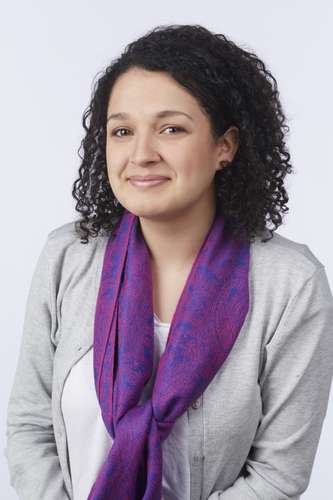 Teresa Herrera, MPH Program Coordinator
Region 2 PEHSU
Icahn School of Medicine at Mount Sinai
Teresa Herrera works as a Program Coordinator with the Region 2 PEHSU. She manages and oversees the PEHSU’s public health detailing campaign and has worked in the field detailing health providers directly. Past experience includes working as a research fellow at the Institute of Public Health in Cuernvaca, Mexico. She received her BS in Ecology and Evolutionary Biology from CU Boulder and completed her MPH at Mount Sinai. Teresa is committed to addressing environmental justice issues through her work and continues to stay engaged with local environmental health organizations in New York.
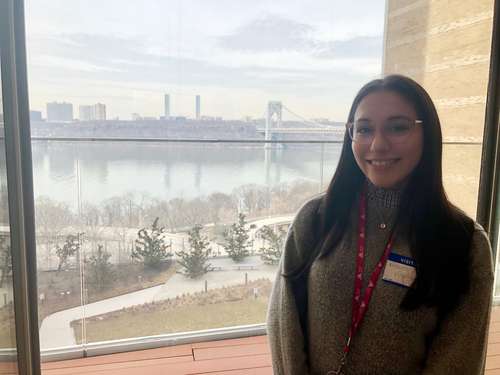 Frances Morales Ramos, MPH Research Assistant
Icahn School of Medicine at Mount Sinai
Frances Morales Ramos is a Trainee in Dr. Luz Claudio’s Public Health and Environmental Health Training Program at the Icahn School of Medicine at Mount Sinai, working with Dr. Perry Sheffield and Teresa Herrera on the Puerto Rico and the US Virgin Island Hurricane Recovery Campaign. Frances graduated from the University of Puerto Rico Medical Sciences Campus with an MPH and previously worked as a project coordinator for VOCES, Coalition of Vaccination of Puerto Rico (PR), raising awareness about the importance of vaccination in PR. Her past experience with hurricane mitigation and preparation campaigns has enabled her to provide hands on experience regarding capacity building and sustainable methods for the initiative.

|
 Grand Rounds: Summer Like It Hot, Some Like It Hotter – Public Health Impact of Environmental Exposure and Extreme Heat - June 20, 2018 posted on Mar 16, 2020 |
|---|
Learning Objectives:
At the conclusion of this activity, attendees should be able to:
- Describe the scope and trends in global temperature and regional microclimates.
- Identify the physiologic health effects of extreme heat to different at-risk populations.
- Outline support systems and public health programs regionally and nationally to assist with support in extreme heat events.
- Understand the treatment considerations and evaluation of pregnant and pediatric patients with core temperature elevation.
Presenter: Scott Crawford, MD, FACEP, CHSOS
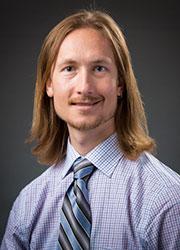 Scott Crawford, MD, FACEP, CHSOS Assistant Professor, Texas Tech University Health Sciences Center El Paso
El Paso, TX
PEHSU Region 6
|
 Grand Rounds: Health Impacts of Volcanic Emergencies - May 29, 2018 posted on Mar 16, 2020 |
|---|
Learning Objectives:
At the conclusion of this activity, attendees should be able to:
- List health hazards of volcanic emergencies
- Discuss toxicological hazards of volcanic emergencies
- Discuss personal protective measures
- Discuss patient assessment and management of related toxicological health complaints
Presenters and Panelists:
Ziad Kazzi, MD
Associate Professor Emergency Medicine and Medical Toxicology
Emory University
PEHSU Region 4
John Balmes, MD
Core Consultant in Occupational and Environmental Medicine
Professor of Medicine, University of California San Francisco
Professor of Environmental Health Sciences, School of Public Health University of California, Berkeley
PEHSU Region 9
Robert J. Geller, MD
Professor of Pediatrics, Emory University
Medical Director GA Poison Center
PEHSU Region 4
Fuyuen Y. Yip, PhD, MPH
Section Chief (acting), Environmental Health Tracking Section
Lead Poisoning Prevention and Environmental Health Tracking Branch
National Center for Environmental Health | Centers for Disease Control and Prevention
Kanta Sircar, MPH, PhD, PMP
CDR, US Public Health Service
Epidemiologist, Asthma and Community Health
Division of Environmental Health Science and Practice
National Center for Environmental Health | Centers for Disease Control and Prevention
|
 Grand Rounds: Integrating Environmental Health into Existing Early Intervention Public Health Services - May 23, 2018 posted on Mar 16, 2020 |
|---|
Learning Objectives
By the end of this module, participants should be able to:
- Understand the importance of early environmental health intervention.
- Identify types of existing early intervention (EI) services at federal and state level.
- Describe potential impact of synergistic partnerships among existing public health services to amplify the reach of regional PEHSUs while enhancing existing EI services.
Presenter
 Abby Mutic, MSN, CNM
Education and Outreach Coordinator
Emory Children’s Environmental Health Research Center
Atlanta, GA
Region 4 PEHSU
|
 Grand Rounds: Understanding the Role of Phthalates and Phenols in Fertility, Pregnancy, and Child Health: From Research to Prevention – March 21, 2018 posted on Mar 16, 2020 |
|---|
Learning Objectives:
By the end of this module, participants should be able to:
- Define endocrine disrupting chemicals (EDCs) and describe sources, routes, and timing of exposure.
- Understand the toxicological and human literature on phthalates and phenols, two large chemical classes with widespread population exposure.
- Describe how phthalates and phenols may impact reproductive, perinatal, or pediatric health.
- Understand primary prevention strategies and methods to reduce exposure.
Presenter:
 Carmen Messerlian, PhD, MSc Carmen Messerlian, PhD, MScResearch Scientist
Harvard T.H. Chan School of Public Health
|
 Grand Rounds: Perfluoroalkyl substances (PFAS): Potential sources of exposures, potential health impacts, and guidance for clinicians - March 14, 2018 posted on Mar 16, 2020 |
|---|
Learning Objectives
By the end of this module, participants should be able to:
- Define the chemical family of perfluoroalkyl substances (PFAS) and where they can be found.
- Outline the scope of potential exposure across the United States.
- Describe potential health impacts in children.
- Discuss implications for clinicians.
Presenters
 Laura Anderko, PhD, RN
Director, Mid-Atlantic Center for Children's Health and the Environment
Georgetown University
Region 3 PEHSU
 Susan Buchanan, MD, MPH
Clinical Associate Professor & Associate Director of the Occupational and Environmental Medicine Residency Program
University of Illinois at Chicago (UIC)
Region 5 PEHSU
 Alan Woolf, MD, MPH, FAAP, FAACT, FACMT
Director, New England Pediatric Environmental Health Specialty Units
Associate Chief Medical Education Officer, Boston Children's Hospital
Professor of Pediatrics, Harvard Medical School
Region 1 PEHSU
|
 Grand Rounds: Changing Health Behaviors to Avoid Environmental Exposures-January 17, 2018 posted on Mar 16, 2020 |
|---|
Learning Objectives:
By the end of this module, participants should be able to:
- Describe three health behavior change approaches
- Employ techniques in health messaging that will increase likelihood of behavior change
- List examples of health behavior change messages that may decrease exposure to environmental contaminants
Presented By:
Susan Buchanan, MD, MPH
Director, Great Lakes Center for Children’s Environmental Health
University of Illinois at Chicago (UIC)
Region 5 PEHSU
|
 Grand Rounds: Climate-Smart Healthcare: Protecting our Children, Protecting our Future - November 15, 2017 posted on Mar 16, 2020 |
|---|
Learning Objectives:
At the conclusion of this activity, attendees should be able to:
- Describe at least one way that climate impacts the health of children.
- Define climate-smart healthcare.
- Identify two climate-smart approaches that healthcare systems can adopt to reduce contributions to greenhouse gases.
- List two core co-benefits of climate-smart healthcare.
Presented by:
 Laura Anderko, PhD, RN Director, Mid-Atlantic Center for Children's Health & the Environment Georgetown University Region 3 PEHSU
Gary Cohen
President and Co-Founder, Health Care Without Harm and Practice Greenhealth
|
 Grand Rounds: Victims of Environmental Injustice: Issues that threaten the children living in poverty where they live, learn and play - October 18, 2017 posted on Mar 16, 2020 |
|---|
Learning Objectives:
At the conclusion of this activity, attendees should be able to:
- Describe environmental injustice issues related to children living in poverty where they live, learn and play.
- Develop strategies to address environmental injustice issues related to children seen in the pediatric setting.
Presented by:
Jennifer A. Lowry, MD
Chief, Section of Toxicology and Environmental Health
Children's Mercy Hospitals and Clinics
Kansas City, MO
PEHSU Region 7
|
 Grand Rounds: How to Optimize a Baby's Epigenetics in a Toxic World - May 22, 2017 posted on Mar 16, 2020 |
|---|
Learning Objectives
By the end of this module, participants should be able to:
- Define epigenetics in one simple sentence
- Recount three ways that genes can be “turned off”
- Recommend 3 ways for pregnant women to decrease their exposure to environmental toxins
Presenter: Kurt Martinuzzi, MD
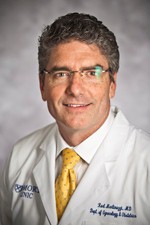 Assistant Professor Emory University
PEHSU Region 3
|
 Journal Club: Environmental Uranium Exposure from Drinking Water - February 15, 2017 posted on Mar 16, 2020 |
|---|
Learning Objectives
At the conclusion of this activity, attendees should be able to:
- Describe current permissible exposure limits for uranium in drinking water
- Describe the absorption, distribution, and elimination of ingested uranium
- Review the potential effects, if any, of ingested uranium on the renal system
- Review the potential for development of renal or bladder malignancies after long-term exposure to uranium in drinking water
- Describe current testing options and recommendations for patients who may have
- been exposed to uranium in drinking water
- Briefly discuss possible treatment options for uranium exposure
The presenter will begin by describing the study methodologies used in the journal articles to be discussed. This will be followed by a discussion of the results of the studies under consideration and implications for current clinical and public health practice. The presenter will conclude by discussing preventive steps that can be taken to decrease exposure in the journal articles.
Articles discussed:
1. Kurttio, P., Harmoinen, A., Saha, H., Salonen, L., Karpas, Z., Komulainen, H., & Auvinen, A. (2006). Kidney toxicity of ingested uranium from drinking water. American journal of kidney diseases, 47(6), 972-982.
2. Kurttio, P., Salonen, L., Ilus, T., Pekkanen, J., Pukkala, E., & Auvinen, A. (2006). Well water radioactivity and risk of cancers of the urinary organs. Environmental research, 102(3), 333-338.
3. Orloff, K. G., Mistry, K., Charp, P., Metcalf, S., Marino, R., Shelly, T., Melaro, E., Donohoe, A. M., & Jones, R. L. (2004). Human exposure to uranium in groundwater. Environmental research, 94(3), 319-326.
4. Seldén, A. I., Lundholm, C., Edlund, B., Högdahl, C., Ek, B. M., Bergström, B. E., & Ohlson, C. G. (2009). Nephrotoxicity of uranium in drinking water from private drilled wells. Environmental research, 109(4), 486-494.
Presented by:
 Keith Baker, MD Medical Toxicology Fellow Rocky Mountain Poison and Drug Center Denver, CO Region 8 PEHSU
|
 Grand Rounds: DC Park Prescription: A Scalable Model for Medicine & Public Health - January 18, 2017 posted on Mar 16, 2020 |
|---|
Learning Objectives
By the end of this module, participants should be able to:
- Review health reasons to spend time in Nature
- Learn how DC Park Rx was planned, developed and implemented at a "doctor's office"
- Review recently published data on DC Park Rx
- Summarize next steps for expansion and research of Park Rx
Presenter: Robert Zarr, MD, MPH
Robert Zarr, MD, MPH
Park Rx Director, Unity Health Care, Inc.
National Park Rx Advisor, National Park Service
PEHSU Region 3
|
 Grand Rounds: Prioritizing Toxic Chemicals in Children’s Consumer Products - December 14, 2016 posted on Mar 16, 2020 |
|---|
Learning Objectives:
By the end of this module, participants should be able to:
- Learn how chemical in consumer products are regulated in Washington State
- Be able to discuss the benefits and shortcomings of this approach
- Become familiar with the Children’s Safe Product Act and the types of data required to be reported
- Be able to discuss the toxicity and exposure related concerns relevant to prioritizing chemicals in consumer products
- Learn how Toxic Substances Control Act Reform is expected to impact children’s consumer product regulation
Presented By: Elaine Faustman, PhD and Marissa Smith
 Elaine Faustman, PhD Professor
Director of the Institute of Risk Analysis and Risk Communication
University of Washington, School of Public Health
Seattle, WA
Region 10 PEHSU
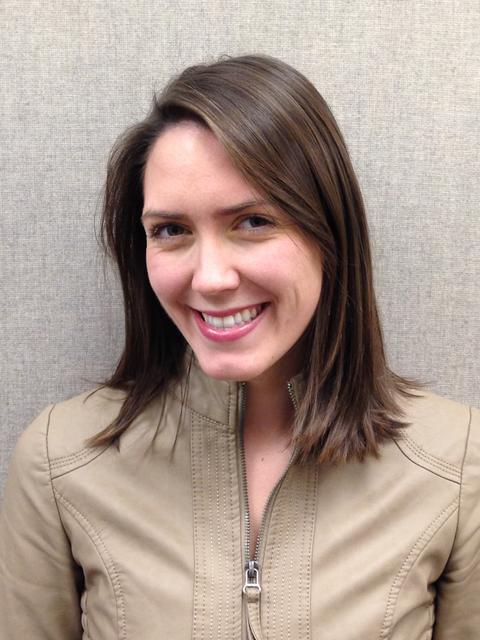 Marissa Smith PhD Student
University of Washington, School of Public Health
Seattle, WA
Region 10 PEHSU
|
 Grand Rounds: Ecology of Children's Environmental Health Disparities: November 11, 2016 posted on Mar 16, 2020 |
|---|
Learning Objectives:
By the end of this module, participants should be able to:
- Review impact of adverse environmental effects of poverty on children's health and development
- Understand ecology of environmental health disparities in the context of a cycle
- Explore strategies to reduce environmental health disparities and promote children's health and development
- Examine the Break the Cycle Program as a leadership development model to reduce children's environmental health disparities
Presented By:
 Leslie Rubin, MD President, Innovative Solutions for Disadvantage and Disability Associate Professor, Department of Pediatrics, Morehouse School of Medicine Co-director, Southeast Pediatric Environmental Health Specialty Unit, Emory University Medical Director, Developmental Pediatrics Specialists Atlanta, GA Region 4 PEHSU
|
 Grand Rounds: Shifting Gears: The Built Environment and its Role in Reducing Health Disparities - April 12, 2016 posted on Mar 16, 2020 |
|---|
Learning Objectives
At the conclusion of this activity, attendees should be able to:
• Increase participants’ knowledge of how development and use of the built environment affects population health
• Describe national statistics on health outcomes and disparities
• Discuss successful community development projects regarding the built environment
• Recognize role of environmental public health advocates in Health Impact Assessment plans
Presented by:
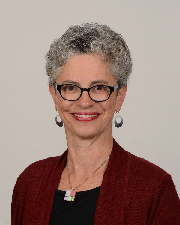 Lois Wessel, RN, FNP-BC Georgetown University School of Nursing and Health Studies Washington, DC Region 3 PEHSU
|
 Grand Rounds: It’s a dirty planet! How to reduce your exposure to toxins. - March 8, 2016 posted on Mar 16, 2020 |
|---|
Learning Objectives
At the conclusion of this activity, attendees should be able to:
- Explain how a chemical can act like a hormone
- Recount 3 chemicals with strong evidence for harm in humans
- Recommend 5 ways to personally decrease exposure to environmental toxins
Presenter:
 Kurt Martinuzzi, MD Assistant Professor
Emory University
Region 4 PEHSU
|
 Grand Rounds: Doc, what’s the answer? Addressing parents' environmental health concerns about a community-level exposure-December 8, 2015 posted on Mar 16, 2020 |
|---|
Learning Objectives:
At the conclusion of this activity, attendees should be able to:
- Provide an overview of a multi-faceted PEHSU response to a community-level exposure.
- Review key principles of pediatric environmental health that were central to PEHSU response.
- Review 3 common clinical inquiries to PEHSUs regarding the community-level exposure and response to local providers:
- Increased asthma symptoms
- Request for chemical biomonitoring
- Management of possible asbestos exposure
Presented By:
Maida Galvez, MD, MPH, FAAP
Associate Professor in the Departments of Preventive Medicine and Pediatrics; Co-director of the Mount Sinai Transdisciplinary Center for Early Environmental Exposures Community Outreach and Engagement Core
New York, NY
Region 2 PEHSU
Lauren Zajac, MD, MPH
Fellow - Pediatrician at Icahn School of Medicine at Mount Sinai
New York, NY
Region 2 PEHSU
|
 Journal Club: Hormesis - Do Little Things Matter? - November 18, 2015 posted on Mar 16, 2020 |
|---|
Learning Objectives
At the conclusion of this activity, attendees should be able to:
- Understand the theory of hormesis
- Explain the controversy of hormesis as described in the Ames Test research
- Describe how natural variability may influence research on hormesis
The presenter will begin by describing the study methodologies used in the journal articles to be discussed. This will be followed by a discussion of the results of the studies under consideration and implications for current clinical and public health practice. The presenter will conclude by discussing preventive steps that can be taken to decrease exposure to endocrine disruptors as evidenced in the journal articles.
Presented by:
 Jennifer Lowry, MD, FACMT Medical Director, Division of Clinical Pharmacology, Toxicology and Therapeutic Innovation Children's Mercy Kansas City Kansas City, MO Region 7 PEHSU
|
 Grand Rounds: Introduction to EPA's Toxics Release Inventory - October 20, 2015 posted on Mar 16, 2020 |
|---|
Learning Objectives:
At the conclusion of this activity, attendees should be able to:
- Identify data available at EPA.
- Describe the purpose of the Toxics Release Inventory (TRI) Program.
- List potential uses of TRI data.
- Describe limitations of TRI data.
- Identify a tool to access TRI data.
Presented By:
Jocelyn Hospital, MS
Toxicologist
Toxics Release Inventory (TRI) Program
US Environmental Protection Agency (EPA)
Washington, DC
Kara Koehrn, MEM, BS
Toxicologist and Data Analyst
Toxics Release Inventory (TRI) Program
US Environmental Protection Agency (EPA)
Washington, DC
|
![]()
 Case Conference
Case Conference Journal Club
Journal Club Grand Rounds
Grand Rounds Grand Rounds: Housing and Health: Making the Connection – September 30, 2020 12pm CT posted on Sep 22, 2020
Grand Rounds: Housing and Health: Making the Connection – September 30, 2020 12pm CT posted on Sep 22, 2020 Effects of Wildfire Smoke on Children’s Health May 27, 2020 posted on May 21, 2020
Effects of Wildfire Smoke on Children’s Health May 27, 2020 posted on May 21, 2020 Grand Rounds: Healthy Air, Healthy Brains: Emerging Evidence Streams and Advancing Air Pollution Policy to Protect Children's Health & Project TENDR Overview - June 12, 2019 posted on Mar 16, 2020
Grand Rounds: Healthy Air, Healthy Brains: Emerging Evidence Streams and Advancing Air Pollution Policy to Protect Children's Health & Project TENDR Overview - June 12, 2019 posted on Mar 16, 2020 Grand Rounds: Public Health Response to Wildfire Smoke - April 17, 2019 posted on Mar 16, 2020
Grand Rounds: Public Health Response to Wildfire Smoke - April 17, 2019 posted on Mar 16, 2020 Grand Rounds: Mitigating the Health Impact of Wildfire Smoke - March 29, 2017 posted on Mar 16, 2020
Grand Rounds: Mitigating the Health Impact of Wildfire Smoke - March 29, 2017 posted on Mar 16, 2020 Grand Rounds: New findings on air pollution and pregnancy- February 9, 2016 posted on Mar 15, 2020
Grand Rounds: New findings on air pollution and pregnancy- February 9, 2016 posted on Mar 15, 2020 Grand Rounds: Electronic Cigarettes: Miracle or Menace - May 27, 2015 posted on Mar 12, 2020
Grand Rounds: Electronic Cigarettes: Miracle or Menace - May 27, 2015 posted on Mar 12, 2020 Grand Rounds: Old Poison, New Findings: Arsenic’s effect on maternal and child health - June 29, 2016 posted on Mar 18, 2020
Grand Rounds: Old Poison, New Findings: Arsenic’s effect on maternal and child health - June 29, 2016 posted on Mar 18, 2020 Case Conference: Childhood Diet and Arsenic Exposure: Interesting Clinical Cases - December 16, 2015 posted on Mar 17, 2020
Case Conference: Childhood Diet and Arsenic Exposure: Interesting Clinical Cases - December 16, 2015 posted on Mar 17, 2020 Grand Rounds: What was Old is New Again: A Home Visit Model Using Integrated Health Navigation for Children with Asthma - October 10, 2018 posted on Mar 17, 2020
Grand Rounds: What was Old is New Again: A Home Visit Model Using Integrated Health Navigation for Children with Asthma - October 10, 2018 posted on Mar 17, 2020 Grand Rounds: Increased Cancer Risk to Residents Near Ethylene Oxide Facilities - January 16, 2019 posted on Mar 17, 2020
Grand Rounds: Increased Cancer Risk to Residents Near Ethylene Oxide Facilities - January 16, 2019 posted on Mar 17, 2020 Grand Rounds: Childhood Leukemia: A Preventable Disease? - September 16, 2015 posted on Mar 17, 2020
Grand Rounds: Childhood Leukemia: A Preventable Disease? - September 16, 2015 posted on Mar 17, 2020 Case Conference: An Approach to Elemental Mercury Exposure Clusters – March 13, 2019 posted on Mar 17, 2020
Case Conference: An Approach to Elemental Mercury Exposure Clusters – March 13, 2019 posted on Mar 17, 2020 Case Conference: Phosphine Reminds Us That Children are Not Little Adults - April 19, 2017 posted on Mar 17, 2020
Case Conference: Phosphine Reminds Us That Children are Not Little Adults - April 19, 2017 posted on Mar 17, 2020 Case Conference: What's floating around out there? – Cases in Region 8 - August 24, 2016 posted on Mar 17, 2020
Case Conference: What's floating around out there? – Cases in Region 8 - August 24, 2016 posted on Mar 17, 2020 Case Conference: Cases and Controversies in Region 7 - April 27, 2016 posted on Mar 17, 2020
Case Conference: Cases and Controversies in Region 7 - April 27, 2016 posted on Mar 17, 2020 Case Conference: The Aliso Canyon Gas Leak: Public Health Roles and Responses - March 23, 2016 posted on Mar 17, 2020
Case Conference: The Aliso Canyon Gas Leak: Public Health Roles and Responses - March 23, 2016 posted on Mar 17, 2020 Journal Club: The Public Health Response to Large Scale Water Contamination - February 24, 2016 posted on Mar 17, 2020
Journal Club: The Public Health Response to Large Scale Water Contamination - February 24, 2016 posted on Mar 17, 2020 Case Conference: Childhood Diet and Arsenic Exposure: Interesting Clinical Cases - December 16, 2015 posted on Mar 17, 2020
Case Conference: Childhood Diet and Arsenic Exposure: Interesting Clinical Cases - December 16, 2015 posted on Mar 17, 2020 Grand Rounds: Climate-Smart Healthcare: Protecting our Children, Protecting our Future - November 15, 2017 posted on Mar 17, 2020
Grand Rounds: Climate-Smart Healthcare: Protecting our Children, Protecting our Future - November 15, 2017 posted on Mar 17, 2020 Grand Rounds: Climate Change and Reproductive Health: What Providers Should Know and Do - September 13, 2016 posted on Mar 17, 2020
Grand Rounds: Climate Change and Reproductive Health: What Providers Should Know and Do - September 13, 2016 posted on Mar 17, 2020 Grand Rounds: Impact of Climate Change on the Health of Women & Children: Information for the PEHSUs - July 26, 2016 posted on Mar 17, 2020
Grand Rounds: Impact of Climate Change on the Health of Women & Children: Information for the PEHSUs - July 26, 2016 posted on Mar 17, 2020 Journal Club: Climate Change and Pediatric Health: What Providers Should Know and Do - October 6, 2015 posted on Mar 17, 2020
Journal Club: Climate Change and Pediatric Health: What Providers Should Know and Do - October 6, 2015 posted on Mar 17, 2020 Grand Rounds: Understanding the Role of Phthalates and Phenols in Fertility, Pregnancy, and Child Health: From Research to Prevention – March 21, 2018 posted on Mar 17, 2020
Grand Rounds: Understanding the Role of Phthalates and Phenols in Fertility, Pregnancy, and Child Health: From Research to Prevention – March 21, 2018 posted on Mar 17, 2020 Grand Rounds: Endocrine Disrupting Chemicals and Obesity - February 21, 2018 posted on Mar 17, 2020
Grand Rounds: Endocrine Disrupting Chemicals and Obesity - February 21, 2018 posted on Mar 17, 2020 Journal Club: Endocrine Disruptors: A Review of Scientific Literature - July 22, 2015 posted on Mar 17, 2020
Journal Club: Endocrine Disruptors: A Review of Scientific Literature - July 22, 2015 posted on Mar 17, 2020 PEHSU Grand Rounds Vaping and Adolescents July 22 at 12:00 pm Eastern Time. posted on Jul 19, 2020
PEHSU Grand Rounds Vaping and Adolescents July 22 at 12:00 pm Eastern Time. posted on Jul 19, 2020 Grand Rounds: Herbal Products and Related Toxicity – August 21, 2019 posted on Mar 16, 2020
Grand Rounds: Herbal Products and Related Toxicity – August 21, 2019 posted on Mar 16, 2020 Grand Rounds: The Role of Early Life Exposures in Late Life Neurodegenerative Disorders - August 15, 2018 posted on Mar 16, 2020
Grand Rounds: The Role of Early Life Exposures in Late Life Neurodegenerative Disorders - August 15, 2018 posted on Mar 16, 2020 Grand Rounds: Public Health Detailing: A Capacity Building Tool in Disaster Recovery - July 17, 2019 posted on Mar 16, 2020
Grand Rounds: Public Health Detailing: A Capacity Building Tool in Disaster Recovery - July 17, 2019 posted on Mar 16, 2020 Grand Rounds: Summer Like It Hot, Some Like It Hotter – Public Health Impact of Environmental Exposure and Extreme Heat - June 20, 2018 posted on Mar 16, 2020
Grand Rounds: Summer Like It Hot, Some Like It Hotter – Public Health Impact of Environmental Exposure and Extreme Heat - June 20, 2018 posted on Mar 16, 2020 Grand Rounds: Health Impacts of Volcanic Emergencies - May 29, 2018 posted on Mar 16, 2020
Grand Rounds: Health Impacts of Volcanic Emergencies - May 29, 2018 posted on Mar 16, 2020 Grand Rounds: Integrating Environmental Health into Existing Early Intervention Public Health Services - May 23, 2018 posted on Mar 16, 2020
Grand Rounds: Integrating Environmental Health into Existing Early Intervention Public Health Services - May 23, 2018 posted on Mar 16, 2020 Grand Rounds: Understanding the Role of Phthalates and Phenols in Fertility, Pregnancy, and Child Health: From Research to Prevention – March 21, 2018 posted on Mar 16, 2020
Grand Rounds: Understanding the Role of Phthalates and Phenols in Fertility, Pregnancy, and Child Health: From Research to Prevention – March 21, 2018 posted on Mar 16, 2020 Grand Rounds: Perfluoroalkyl substances (PFAS): Potential sources of exposures, potential health impacts, and guidance for clinicians - March 14, 2018 posted on Mar 16, 2020
Grand Rounds: Perfluoroalkyl substances (PFAS): Potential sources of exposures, potential health impacts, and guidance for clinicians - March 14, 2018 posted on Mar 16, 2020 Grand Rounds: Changing Health Behaviors to Avoid Environmental Exposures-January 17, 2018 posted on Mar 16, 2020
Grand Rounds: Changing Health Behaviors to Avoid Environmental Exposures-January 17, 2018 posted on Mar 16, 2020 Grand Rounds: Climate-Smart Healthcare: Protecting our Children, Protecting our Future - November 15, 2017 posted on Mar 16, 2020
Grand Rounds: Climate-Smart Healthcare: Protecting our Children, Protecting our Future - November 15, 2017 posted on Mar 16, 2020 Grand Rounds: Victims of Environmental Injustice: Issues that threaten the children living in poverty where they live, learn and play - October 18, 2017 posted on Mar 16, 2020
Grand Rounds: Victims of Environmental Injustice: Issues that threaten the children living in poverty where they live, learn and play - October 18, 2017 posted on Mar 16, 2020 Grand Rounds: How to Optimize a Baby's Epigenetics in a Toxic World - May 22, 2017 posted on Mar 16, 2020
Grand Rounds: How to Optimize a Baby's Epigenetics in a Toxic World - May 22, 2017 posted on Mar 16, 2020 Journal Club: Environmental Uranium Exposure from Drinking Water - February 15, 2017 posted on Mar 16, 2020
Journal Club: Environmental Uranium Exposure from Drinking Water - February 15, 2017 posted on Mar 16, 2020 Grand Rounds: DC Park Prescription: A Scalable Model for Medicine & Public Health - January 18, 2017 posted on Mar 16, 2020
Grand Rounds: DC Park Prescription: A Scalable Model for Medicine & Public Health - January 18, 2017 posted on Mar 16, 2020 Grand Rounds: Prioritizing Toxic Chemicals in Children’s Consumer Products - December 14, 2016 posted on Mar 16, 2020
Grand Rounds: Prioritizing Toxic Chemicals in Children’s Consumer Products - December 14, 2016 posted on Mar 16, 2020 Grand Rounds: Ecology of Children's Environmental Health Disparities: November 11, 2016 posted on Mar 16, 2020
Grand Rounds: Ecology of Children's Environmental Health Disparities: November 11, 2016 posted on Mar 16, 2020 Grand Rounds: Shifting Gears: The Built Environment and its Role in Reducing Health Disparities - April 12, 2016 posted on Mar 16, 2020
Grand Rounds: Shifting Gears: The Built Environment and its Role in Reducing Health Disparities - April 12, 2016 posted on Mar 16, 2020 Grand Rounds: It’s a dirty planet! How to reduce your exposure to toxins. - March 8, 2016 posted on Mar 16, 2020
Grand Rounds: It’s a dirty planet! How to reduce your exposure to toxins. - March 8, 2016 posted on Mar 16, 2020 Grand Rounds: Doc, what’s the answer? Addressing parents' environmental health concerns about a community-level exposure-December 8, 2015 posted on Mar 16, 2020
Grand Rounds: Doc, what’s the answer? Addressing parents' environmental health concerns about a community-level exposure-December 8, 2015 posted on Mar 16, 2020 Journal Club: Hormesis - Do Little Things Matter? - November 18, 2015 posted on Mar 16, 2020
Journal Club: Hormesis - Do Little Things Matter? - November 18, 2015 posted on Mar 16, 2020 Grand Rounds: Introduction to EPA's Toxics Release Inventory - October 20, 2015 posted on Mar 16, 2020
Grand Rounds: Introduction to EPA's Toxics Release Inventory - October 20, 2015 posted on Mar 16, 2020 AAP Lead Testing Webinar Series: Clinical Innovations in Lead Testing and Management - April 23, 2019 posted on Mar 16, 2020
AAP Lead Testing Webinar Series: Clinical Innovations in Lead Testing and Management - April 23, 2019 posted on Mar 16, 2020 AAP Lead Testing Webinar - Understanding CDC’s Blood Lead Reference Value: Laboratory Best Practices & How to Interpret Results - February 20, 2019 posted on Mar 16, 2020
AAP Lead Testing Webinar - Understanding CDC’s Blood Lead Reference Value: Laboratory Best Practices & How to Interpret Results - February 20, 2019 posted on Mar 16, 2020 Grand Rounds: Lead poisoning and impact on school readiness - How to overcome the toxic effects - December 19, 2018 posted on Mar 16, 2020
Grand Rounds: Lead poisoning and impact on school readiness - How to overcome the toxic effects - December 19, 2018 posted on Mar 16, 2020 AAP Lead Testing Webinar Series - It All Starts with Testing: Identifying Children with Elevated Blood Lead Levels - December 5, 2018 posted on Mar 16, 2020
AAP Lead Testing Webinar Series - It All Starts with Testing: Identifying Children with Elevated Blood Lead Levels - December 5, 2018 posted on Mar 16, 2020 Grand Rounds: Marksmanship and Adolescent Youth Lead Exposure - November 27, 2018 posted on Mar 16, 2020
Grand Rounds: Marksmanship and Adolescent Youth Lead Exposure - November 27, 2018 posted on Mar 16, 2020 Grand Rounds: Marijuana and its Impact on Pediatric Populations - August 26, 2015 posted on Mar 16, 2020
Grand Rounds: Marijuana and its Impact on Pediatric Populations - August 26, 2015 posted on Mar 16, 2020 Case Conference: An Approach to Elemental Mercury Exposure Clusters – March 13, 2019 posted on Mar 16, 2020
Case Conference: An Approach to Elemental Mercury Exposure Clusters – March 13, 2019 posted on Mar 16, 2020 Grand Rounds: Elemental Mercury Toxicity - September 24, 2015 posted on Mar 16, 2020
Grand Rounds: Elemental Mercury Toxicity - September 24, 2015 posted on Mar 16, 2020 Grand Rounds: Unconventional Oil Exploration: What are the fracking risks for children? - June 24, 2015 posted on Mar 16, 2020
Grand Rounds: Unconventional Oil Exploration: What are the fracking risks for children? - June 24, 2015 posted on Mar 16, 2020 Grand Rounds: Insect repellants during pregnancy in the Zika era- May 10, 2016 posted on Mar 16, 2020
Grand Rounds: Insect repellants during pregnancy in the Zika era- May 10, 2016 posted on Mar 16, 2020 Grand Rounds: Radiation Readiness - March 20, 2019 posted on Mar 16, 2020
Grand Rounds: Radiation Readiness - March 20, 2019 posted on Mar 16, 2020 Journal Club: Radon: Is My Family at Risk? - April 18, 2018 posted on Mar 16, 2020
Journal Club: Radon: Is My Family at Risk? - April 18, 2018 posted on Mar 16, 2020 Grand Rounds: Fukushima and Chernobyl: The Near and Long-Term Effects On Children - July 27, 2016 posted on Mar 16, 2020
Grand Rounds: Fukushima and Chernobyl: The Near and Long-Term Effects On Children - July 27, 2016 posted on Mar 16, 2020 Grand Rounds: Changing Health Behaviors to Avoid Environmental Exposures-January 17, 2018 posted on Mar 16, 2020
Grand Rounds: Changing Health Behaviors to Avoid Environmental Exposures-January 17, 2018 posted on Mar 16, 2020 Grand Rounds: Insect repellants during pregnancy in the Zika era- May 10, 2016 posted on Mar 16, 2020
Grand Rounds: Insect repellants during pregnancy in the Zika era- May 10, 2016 posted on Mar 16, 2020 Grand Rounds: Prenatal toxicant exposure and ovarian aging and cancer - January 27, 2016 posted on Mar 16, 2020
Grand Rounds: Prenatal toxicant exposure and ovarian aging and cancer - January 27, 2016 posted on Mar 16, 2020 Grand Rounds: Addressing parents' environmental health concerns about a community-level exposure-December 8, 2015 posted on Mar 16, 2020
Grand Rounds: Addressing parents' environmental health concerns about a community-level exposure-December 8, 2015 posted on Mar 16, 2020 COVID-19 Transmission and Exposure Reduction - November 3, 2021 posted on Nov 4, 2021
COVID-19 Transmission and Exposure Reduction - November 3, 2021 posted on Nov 4, 2021 Disinfecting Devices and Best Practices - September 8, 2021 posted on Nov 4, 2021
Disinfecting Devices and Best Practices - September 8, 2021 posted on Nov 4, 2021 Disinfectants and Reproductive Health - July 7, 2021 posted on Jun 14, 2021
Disinfectants and Reproductive Health - July 7, 2021 posted on Jun 14, 2021 Hand Sanitizers in the COVID-19 Pandemic - May 5, 2021 posted on Apr 9, 2021
Hand Sanitizers in the COVID-19 Pandemic - May 5, 2021 posted on Apr 9, 2021 Toxicity of Disinfectants - February 24, 2021 posted on Mar 18, 2021
Toxicity of Disinfectants - February 24, 2021 posted on Mar 18, 2021 Disinfection/Sterilization: A Primer With A Focus on Use in Healthcare Facilities - December 9, 2020 posted on Nov 11, 2020
Disinfection/Sterilization: A Primer With A Focus on Use in Healthcare Facilities - December 9, 2020 posted on Nov 11, 2020 Grand Rounds: Disinfectant and Disinfection By-product Exposure in Early Care and Education - August 23, 2017 posted on Mar 16, 2020
Grand Rounds: Disinfectant and Disinfection By-product Exposure in Early Care and Education - August 23, 2017 posted on Mar 16, 2020 Grand Rounds: Eco-Healthy Child Care® Development, Partners, Progress - July 19, 2017 posted on Mar 16, 2020
Grand Rounds: Eco-Healthy Child Care® Development, Partners, Progress - July 19, 2017 posted on Mar 16, 2020 Grand Rounds: School Environmental Health: Why it Matters and What to Look for - October 19, 2016 posted on Mar 16, 2020
Grand Rounds: School Environmental Health: Why it Matters and What to Look for - October 19, 2016 posted on Mar 16, 2020 Grand Rounds: Who's In Charge of Children's Environmental Health in Childcare Settings & Schools - January 12, 2016 posted on Mar 16, 2020
Grand Rounds: Who's In Charge of Children's Environmental Health in Childcare Settings & Schools - January 12, 2016 posted on Mar 16, 2020










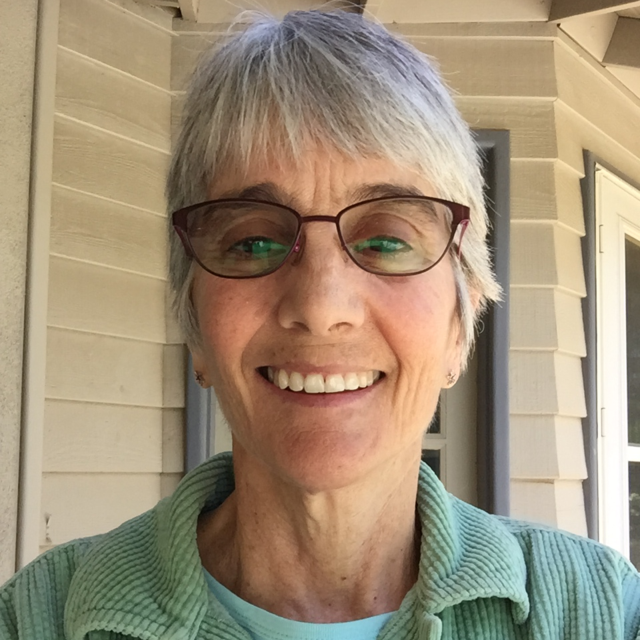 Melanie Marty, PhD
Melanie Marty, PhD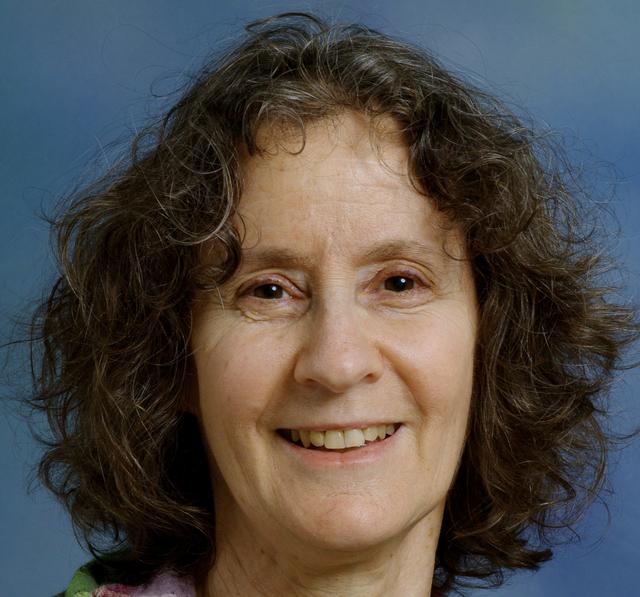 Irva Hertz-Picciotto, MPH, PhD
Irva Hertz-Picciotto, MPH, PhD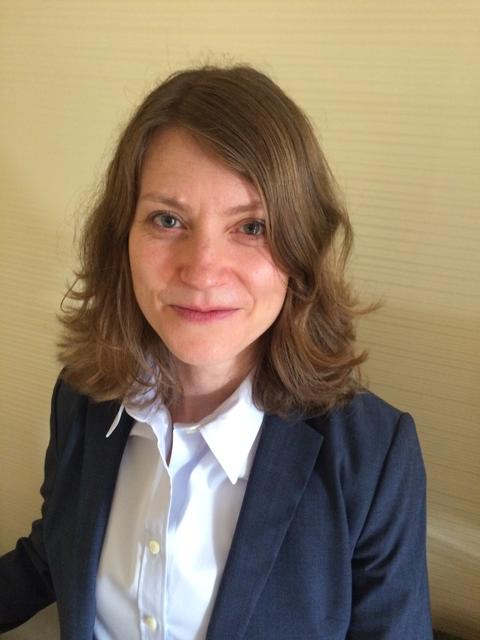
 Jennifer Lowry, MD, FACMT
Jennifer Lowry, MD, FACMT
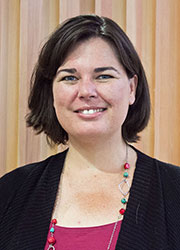
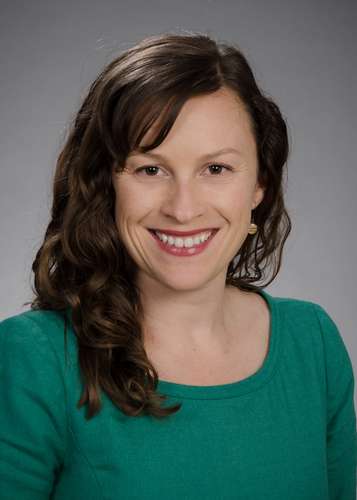 Ada Otter, DNP, ARNP
Ada Otter, DNP, ARNP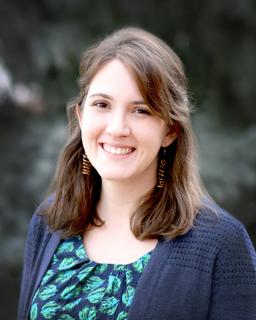 Allison Maytag, MPH
Allison Maytag, MPH Director, Great Lakes Center for Children's Environmental Health
Director, Great Lakes Center for Children's Environmental Health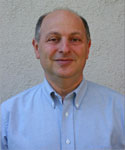 Mark Miller, MD, MPH
Mark Miller, MD, MPH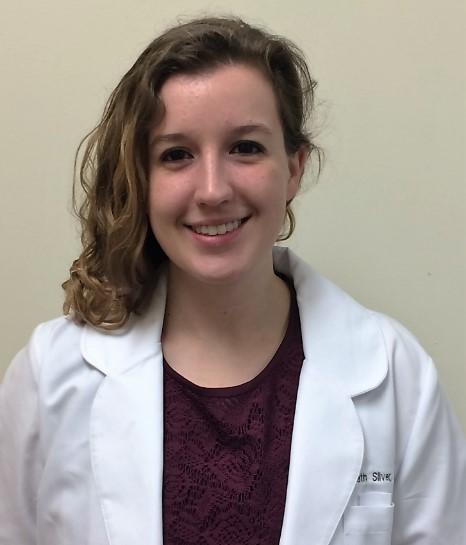
 Paul Wax, MD, FACMT
Paul Wax, MD, FACMT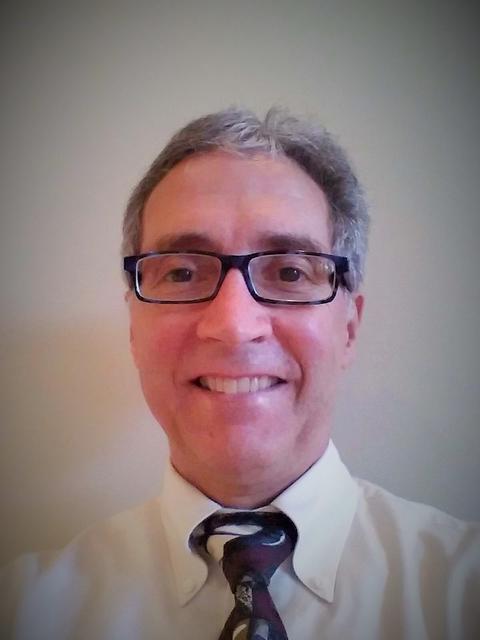 Thomas G. Martin, MD, MPH, FACMT, FAACT, FACEP
Thomas G. Martin, MD, MPH, FACMT, FAACT, FACEP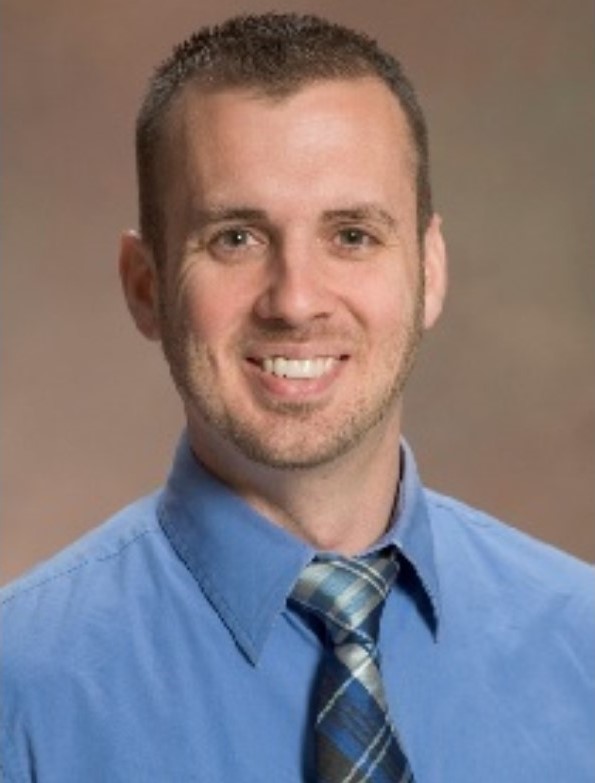
 Cyrus Rangan, MD, FAAP, FACMT
Cyrus Rangan, MD, FAAP, FACMT Stormy Monks, PhD, MPH, CHES
Stormy Monks, PhD, MPH, CHES Laura Anderko, PhD, RN
Laura Anderko, PhD, RN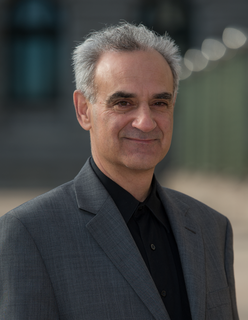

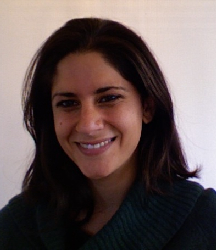 Deema Arafah, MD
Deema Arafah, MD Carmen Messerlian, PhD, MSc
Carmen Messerlian, PhD, MSc Sheela Sathyanarayana, MD, MPH
Sheela Sathyanarayana, MD, MPH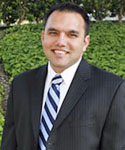
 Timur S. Durrani, MD, MPH, MBA; Co-Director PEHSU Western States
Timur S. Durrani, MD, MPH, MBA; Co-Director PEHSU Western States



 Perry Sheffield, MD, MPH, FAAP
Perry Sheffield, MD, MPH, FAAP Teresa Herrera, MPH
Teresa Herrera, MPH
 Scott Crawford, MD, FACEP, CHSOS
Scott Crawford, MD, FACEP, CHSOS Abby Mutic, MSN, CNM
Abby Mutic, MSN, CNM
 Laura Anderko, PhD, RN
Laura Anderko, PhD, RN
 Alan Woolf, MD, MPH, FAAP, FAACT, FACMT
Alan Woolf, MD, MPH, FAAP, FAACT, FACMT

 Assistant Professor
Assistant Professor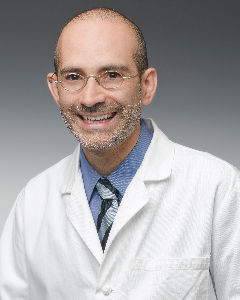
 Elaine Faustman, PhD
Elaine Faustman, PhD Leslie Rubin, MD
Leslie Rubin, MD Lois Wessel, RN, FNP-BC
Lois Wessel, RN, FNP-BC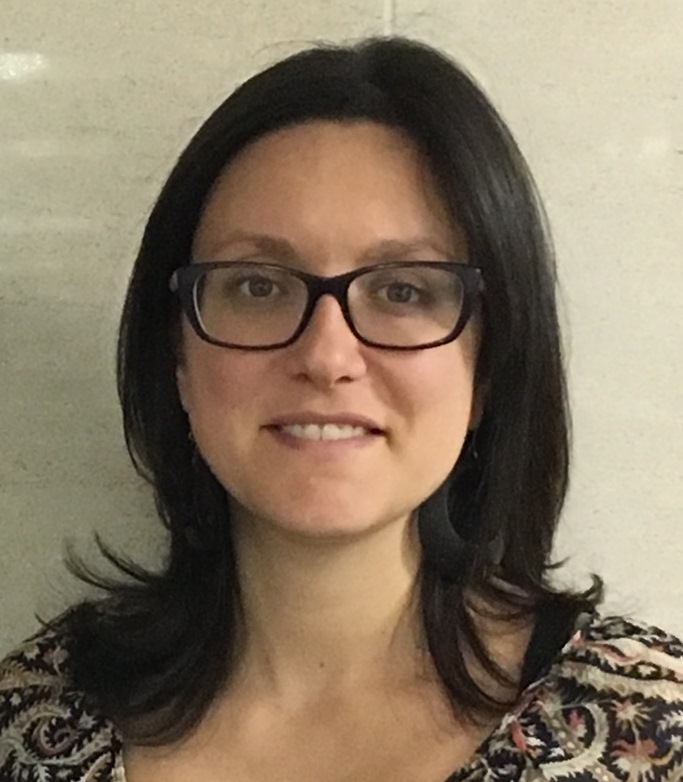
 Jennifer Lowry, MD, FACMT
Jennifer Lowry, MD, FACMT
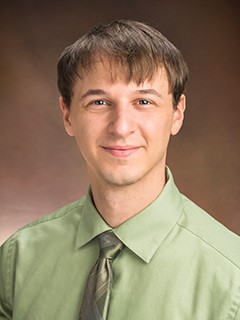 Jeremy J. Michel, MD, MHS, FAAP
Jeremy J. Michel, MD, MHS, FAAP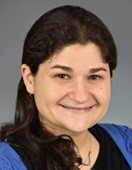 Marissa Hauptman, MD, MPH, FAAP
Marissa Hauptman, MD, MPH, FAAP
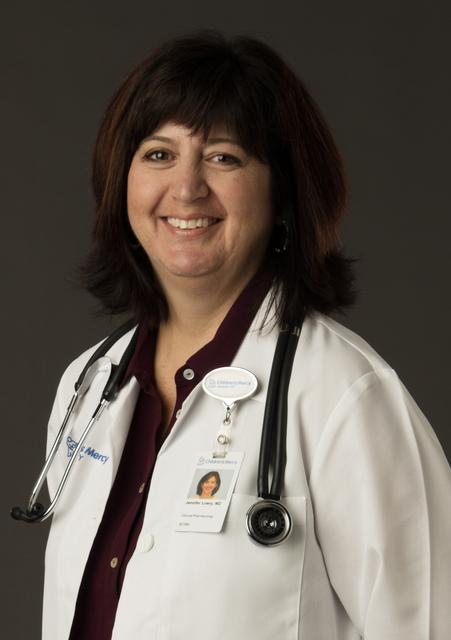


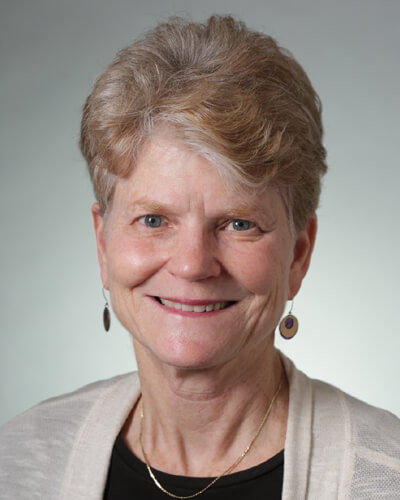
 George Sam Wang, MD, FAAP
George Sam Wang, MD, FAAP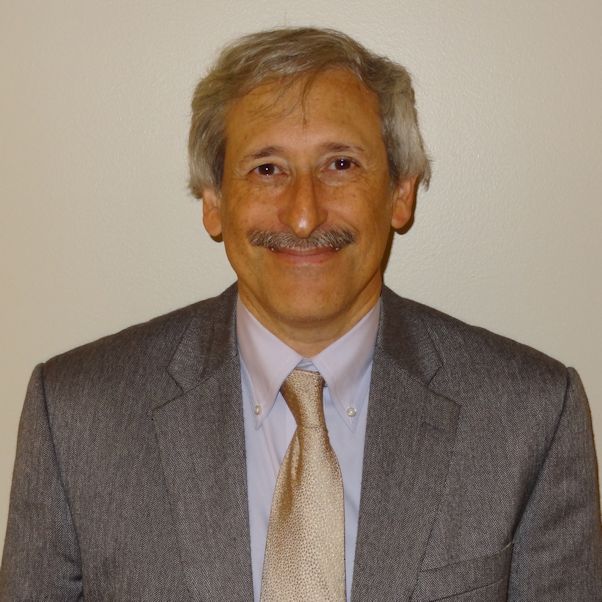 Robert J. Geller, MD, FAAP, FACMT
Robert J. Geller, MD, FAAP, FACMT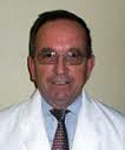 Stephen W. Borron, MD, MS, FACMT
Stephen W. Borron, MD, MS, FACMT Blair Wylie, MD, MPH
Blair Wylie, MD, MPH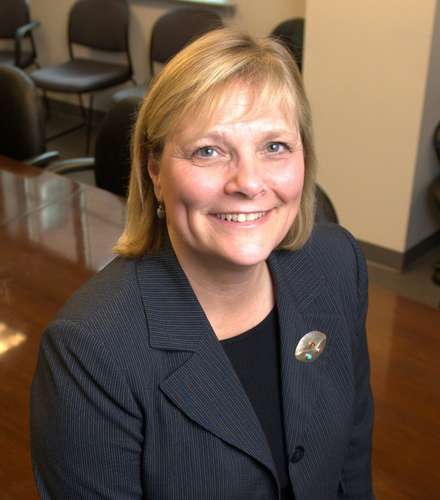 Laura Anderko, PhD, RN
Laura Anderko, PhD, RN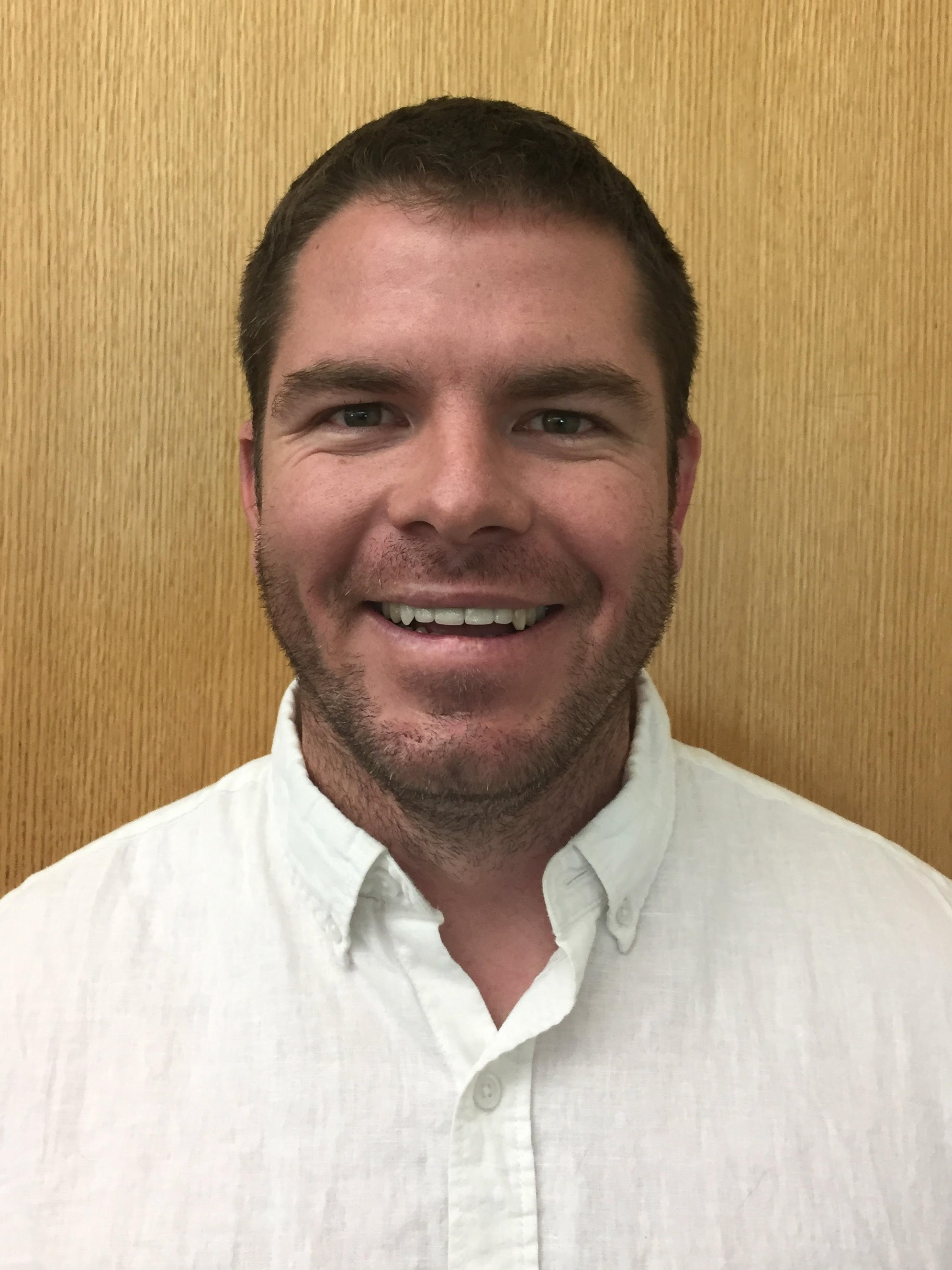 Nick Brandehoff, MD
Nick Brandehoff, MD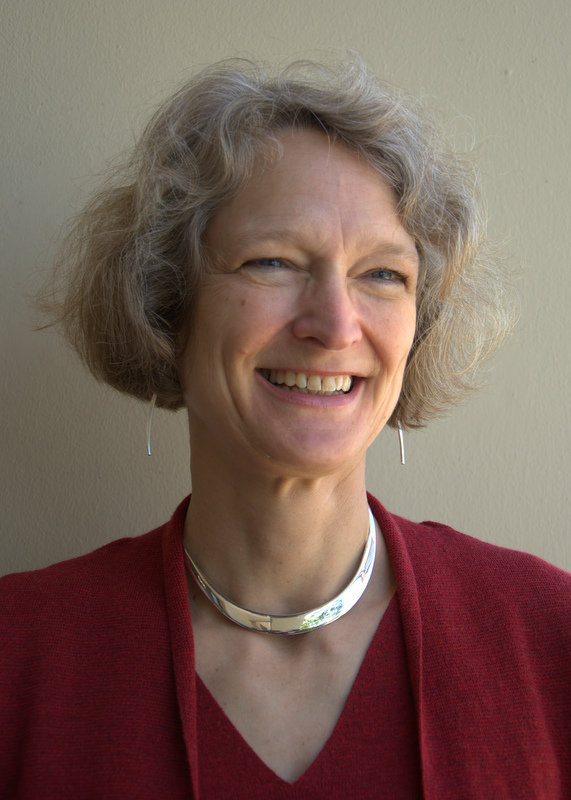 Ulrike Luderer, MD, PhD, MPH
Ulrike Luderer, MD, PhD, MPH Partner, D ZINE Partners;
Partner, D ZINE Partners;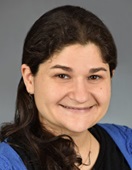 Assistant Director,
Assistant Director, Laboratory Director,
Laboratory Director,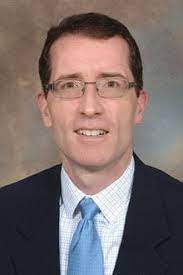 Director,
Director,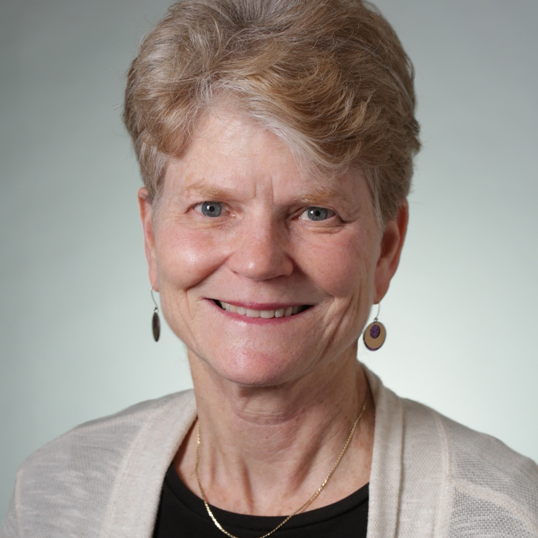 Associate Professor of Medicine, Harvard Medical School;
Associate Professor of Medicine, Harvard Medical School;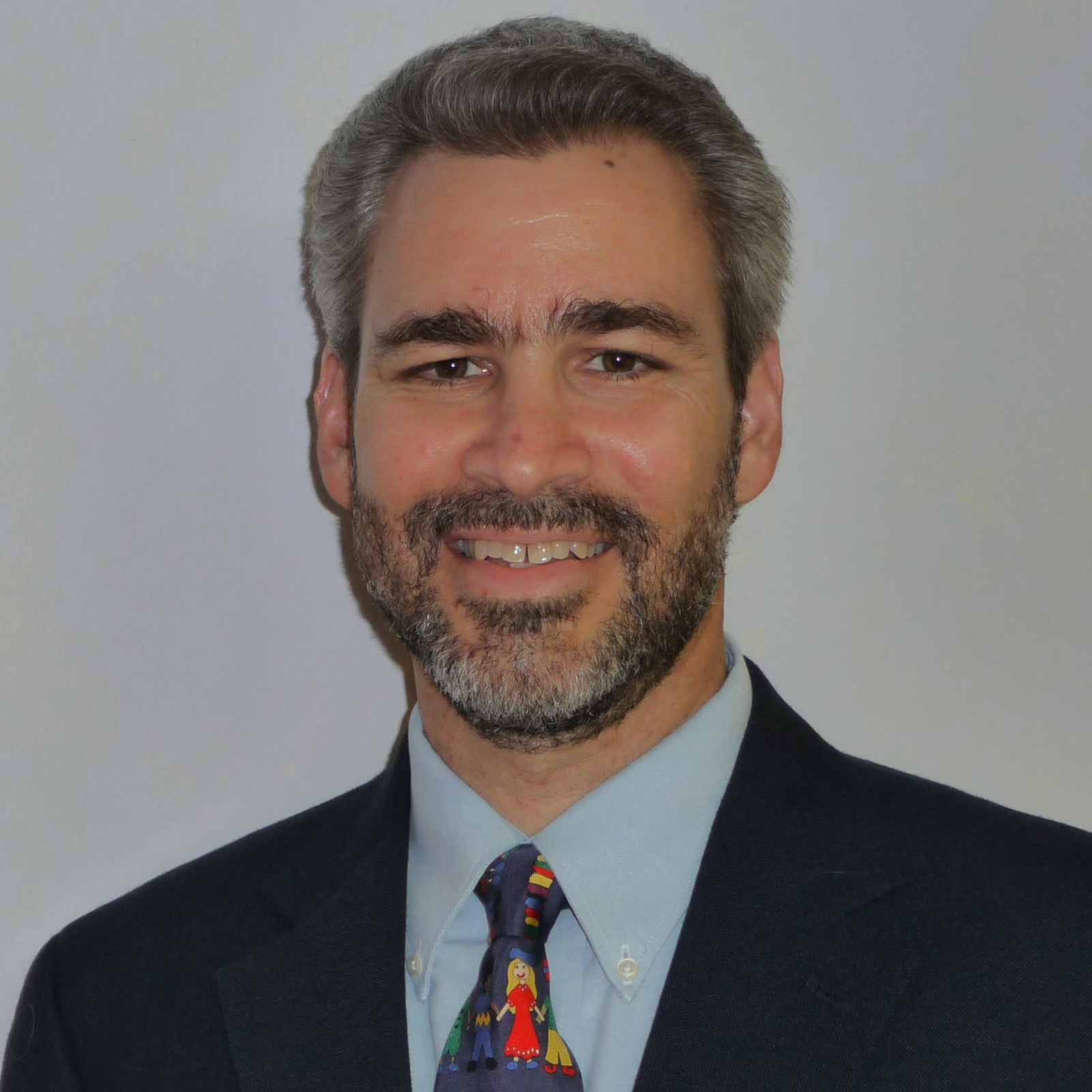 Teratogen Information Specialist
Teratogen Information Specialist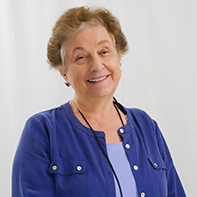 Professor, Department of Psychiatry and Behavioral Sciences, Department of Pediatrics;
Professor, Department of Psychiatry and Behavioral Sciences, Department of Pediatrics; Acting Deputy Director for Safety,
Acting Deputy Director for Safety, Director, Office of Nonprescription Drugs
Director, Office of Nonprescription Drugs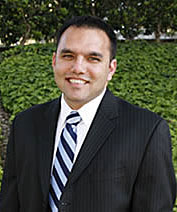 Associate Clinical Professor, School of Medicine
Associate Clinical Professor, School of Medicine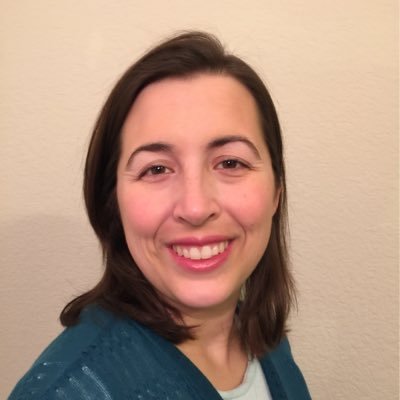 Medical Director, Holland Pathways
Medical Director, Holland Pathways Past President, American College of Medical Toxicology (ACMT)
Past President, American College of Medical Toxicology (ACMT)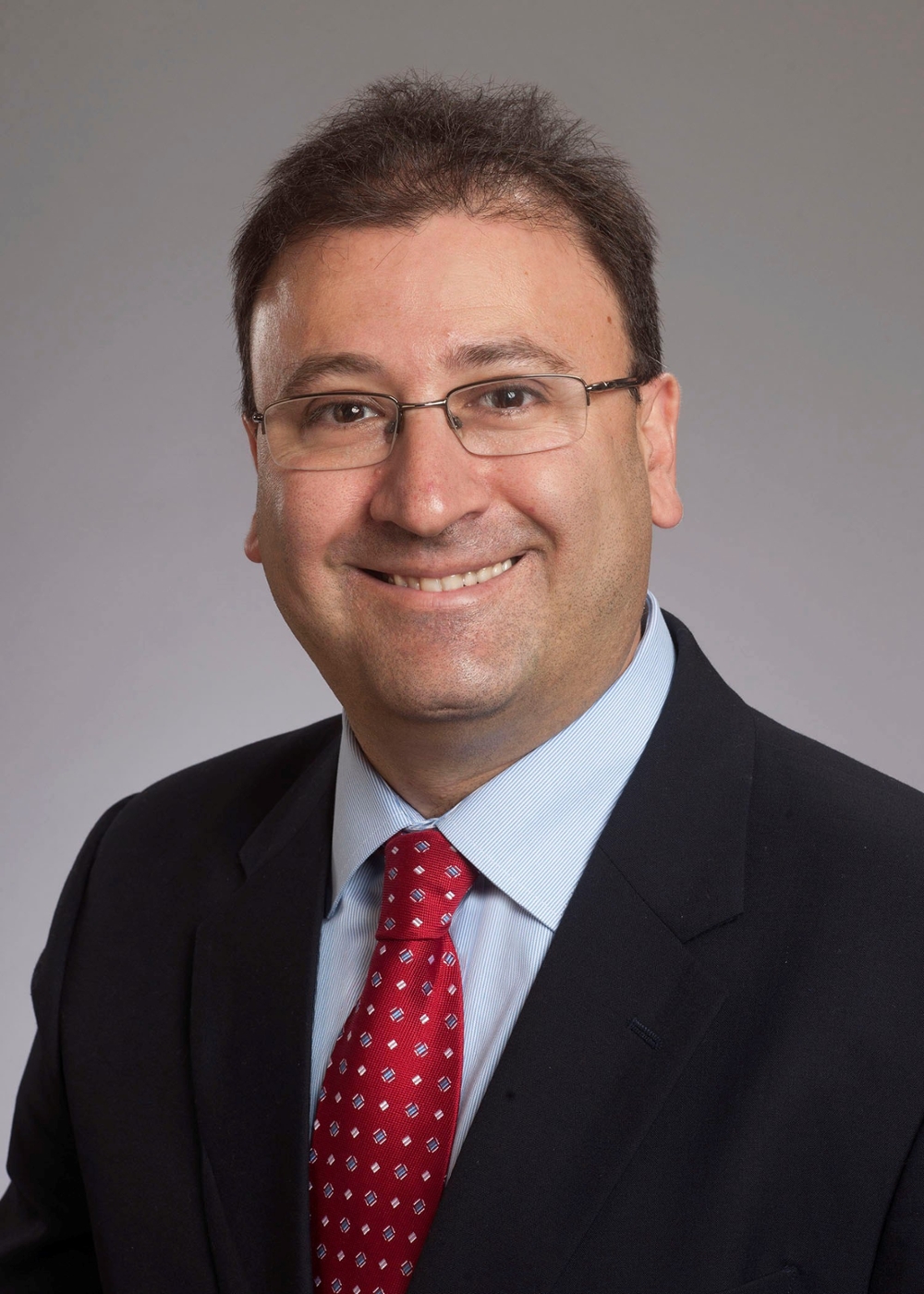 Board Member, ACMT
Board Member, ACMT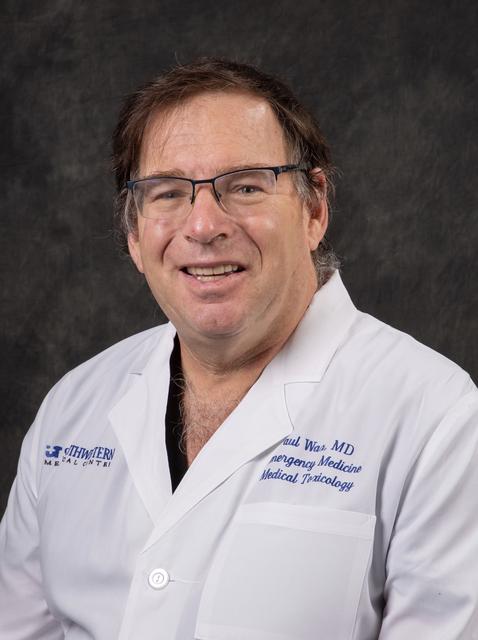 Executive Director, ACMT
Executive Director, ACMT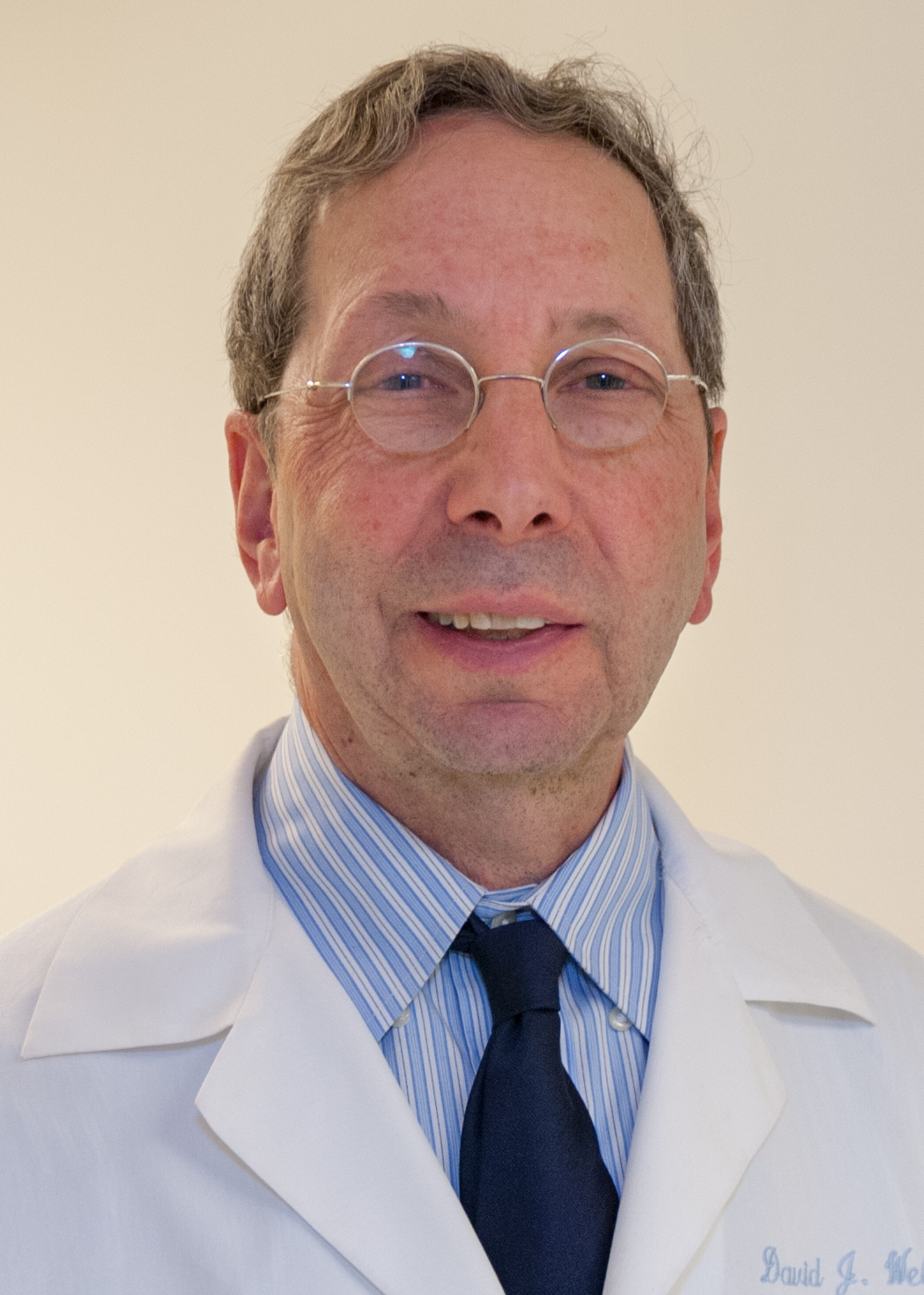 Professor of Medicine and Pediatrics, UNC School of Medicine
Professor of Medicine and Pediatrics, UNC School of Medicine